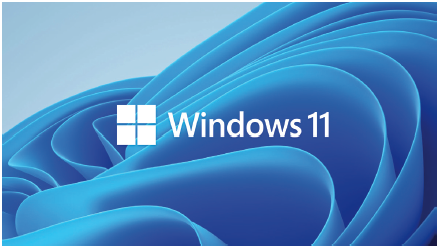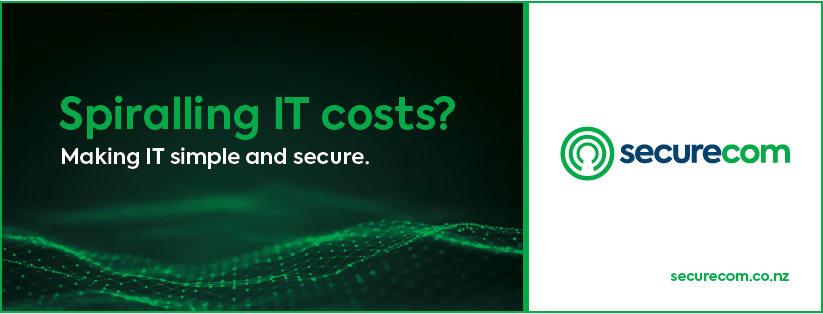Even good things must end and so it is for Windows 10. With end-of-life scheduled for October 2025, now is the time for planning the upgrade to Windows 11: you don’t want the date sneaking up on you, resulting in a rush job and potential disruption.
Of course, the good news is that Windows 11 is an evolutionary shift from its predecessor, which was released all the way back in 2015. There is no radical redesign, so most of your people will easily adapt to the new operating system. There’s good reason for an evolution, mainly because a lot has changed, most significantly in terms of how we work more than what we do at work. By that, I mean the rise of hybrid and mobile work. Before the pandemic, there were people who worked from home occasionally and some sales and other jobs had people working on the move. As we now know, working from anywhere isn’t just possible, it is generally quite desirable.
Now, what people want from the tools enabling hybrid work include collaboration, ease of access to information and systems/services, an assurance of privacy and security without ‘hassle’, and above all, convenience.
Simply put, we want to work without admin, problems, or issues. And that’s what makes Windows 11 a welcome update over 10. Combined with the latest laptops, tablets, and hybrid devices, it encapsulates what modern technology can do, making our work lives easier and more closely aligned with the technology experiences we enjoy on our personal devices.
What you can expect from Windows 11
For ‘starters’, Windows 11 boots faster, which we’ve measured at around a 15% gain on a Surface Pro. With integration ‘from the CPU to the cloud’, Windows 11 is designed for secure mobility, particularly when used with Microsoft 365 applications (including Teams, SharePoint and the Office productivity suite).
The biggest difference is in the User Interface. Rather than throwing the baby out with the bathwater, Microsoft has evolved Windows 10’s very well received (and dare I say loved) interface, with 11 streamlining with ‘snap layouts’ and personalisable widgets for all your apps.
There’s improved search, both ‘in-device’ and across your cloud locations like SharePoint or the internet, and security is made simple with Windows’ celebrated ‘Hello’ combining with
PIN and password for multifactor authentication (though if you’re like me, your face is all you need – who remembers passwords these days? With Windows 11, there’s no need). Snap layouts are particularly smart: Windows provides suggestions for organising your applications across one or multiple screens, so you don’t have to shunt them around. It works well, saves time, and makes things easier.
With Teams and vid communication now the preferred way of engaging for just about everyone, the application is now directly integrated into Windows 11 – making vid calling a practical default from your laptop, PC or tablet. Overall, Windows 11 means a better experience aligned with how we work in 2024 and beyond. It simplifies common tasks (like finding information), and with Microsoft’s Copilot AI assistant built in, Windows 11 can do many tasks ‘on command’ (our advice here is ‘watch this space:
Copilot is relatively new and while already amazing, greater things can be expected soon). But as always, it’s best to be prepared for and take care in your Windows 11 migration. Start soon, look to the advantages and the benefits, roll it out well ahead of time (and make sure your hardware is up to the task).



